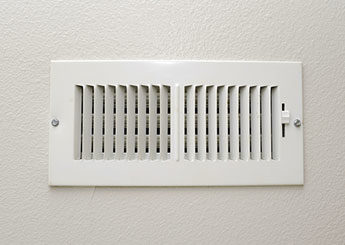Improve indoor air quality

Photo: welcomia/iStock/Thinkstock
Workers exposed to poor indoor air quality may experience headaches, shortness of breath, coughing or nausea. The Environmental Protection Agency offers the following advice for improving indoor air quality:
- Maintain a good working relationship with building management.
- Make sure air supply vents are not blocked by furniture or equipment.
- Manage pollutant sources, such as smoking, remodeling and renovation materials, housekeeping and pest control products, or exhaust fumes from loading docks or garages.
- Isolate areas chosen for remodeling or renovation activities to minimize exposure to pollutants or schedule activities for weekends.
- Moisture and relative humidity can cause mold and other contaminants to thrive. Respond quickly to leaks, floods and other incidents.
- Provide educational opportunities for staff members that establish clear pollutant source management procedures.
- Speak with a physician if any health problems occur to discuss possible symptoms caused by indoor air-related problems.
- Store food correctly and dispose of garbage quickly.
- Minimize outdoor particles of dust or dirt that may be drawn into a building from outside, but may also be produced from sanding wood, drywall, printing, copying or operating equipment.
- In the event that an employee reports a symptom believed to be caused by poor indoor air quality, investigate the ventilation system and consider help from a qualified professional.
Post a comment to this article
Safety+Health welcomes comments that promote respectful dialogue. Please stay on topic. Comments that contain personal attacks, profanity or abusive language – or those aggressively promoting products or services – will be removed. We reserve the right to determine which comments violate our comment policy. (Anonymous comments are welcome; merely skip the “name” field in the comment box. An email address is required but will not be included with your comment.)

